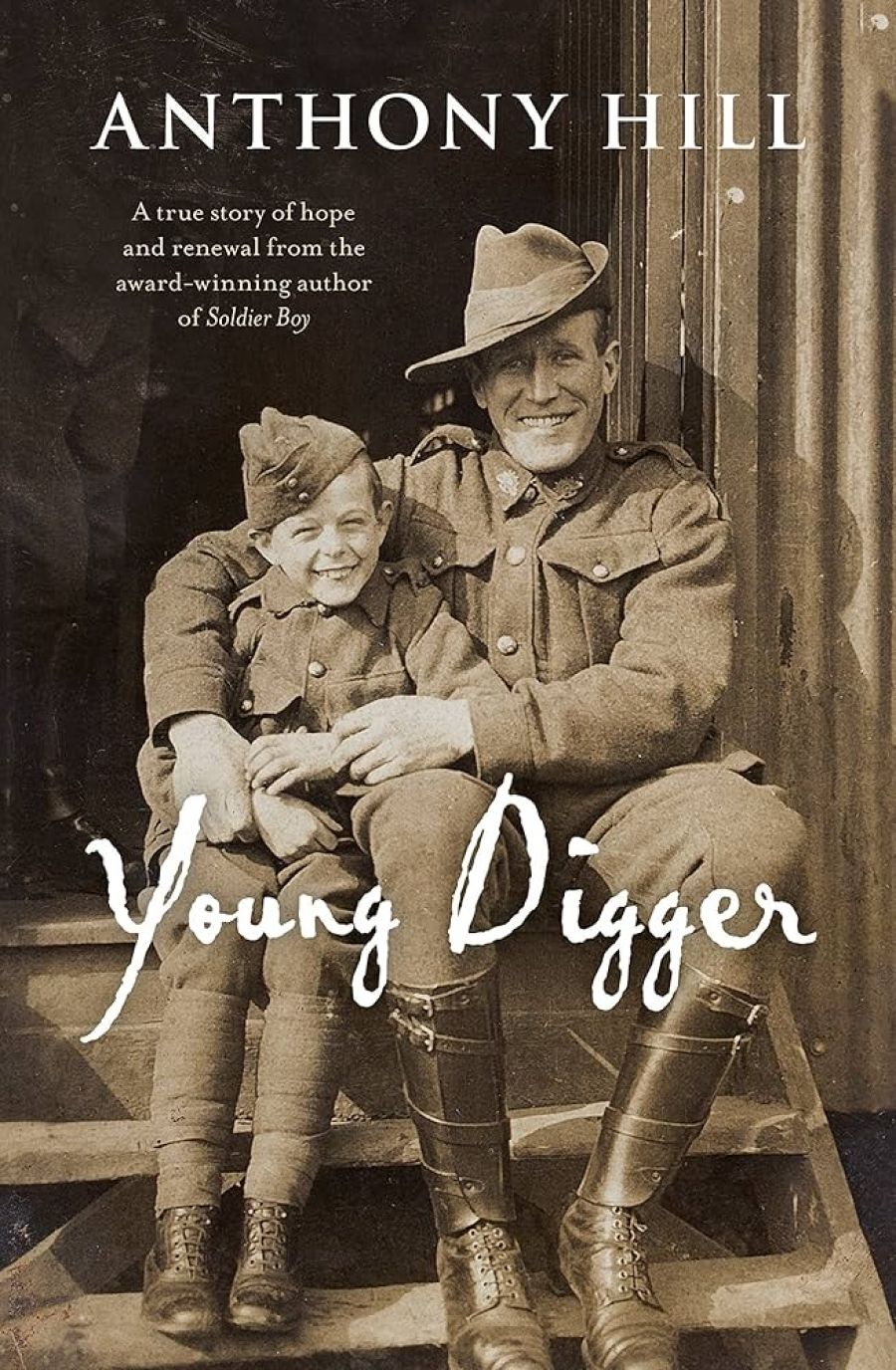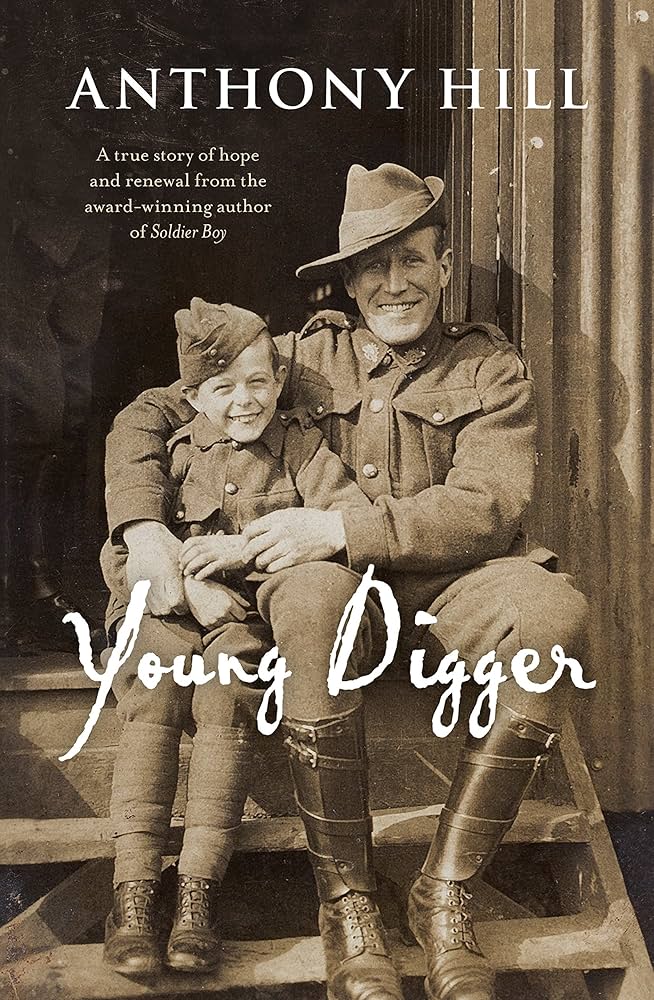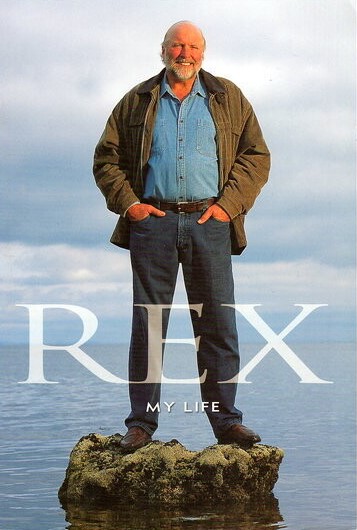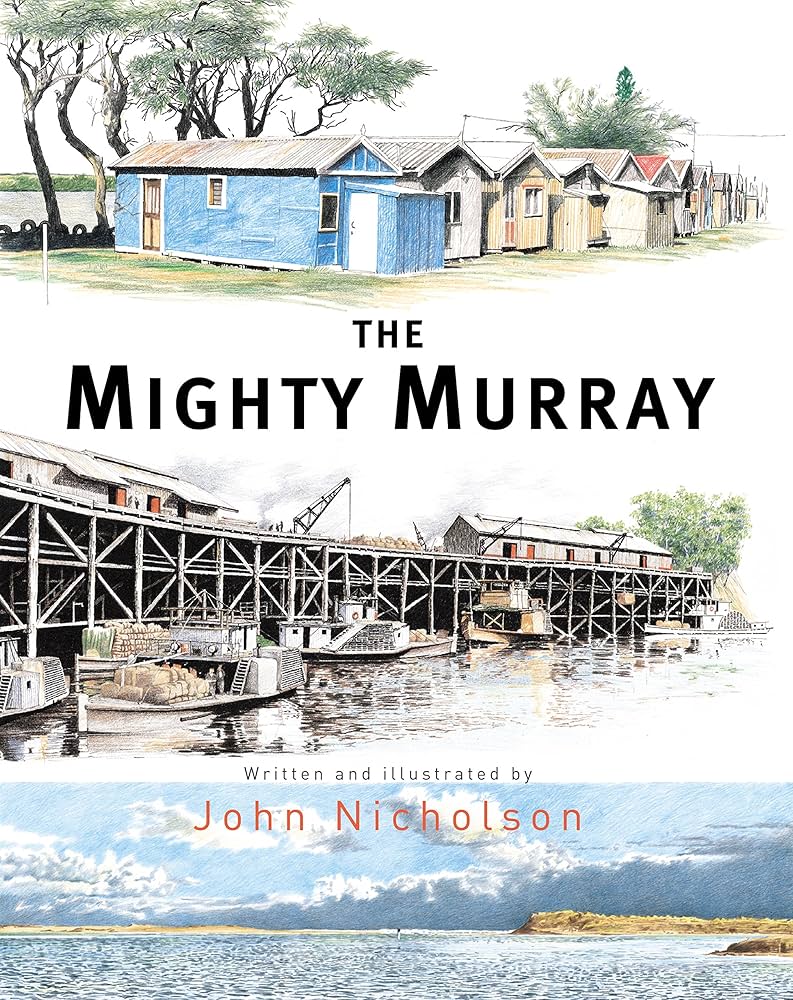
- Free Article: No
- Contents Category: Children's Non-Fiction
- Custom Article Title: Margaret Robson Kett reviews 4 Young Adult Non Fiction Books
- Review Article: Yes
- Article Title: True Lives
- Online Only: No
- Custom Highlight Text:
What is the appeal of biography for young people? Recently, I was asked by a Year Seven teacher to compile a list for her students. She commented that twelve and thirteen-year-olds were beginning to break away from fiction and that she believed biography made a good literary transition into nonfiction.
- Book 1 Title: Young Digger
- Book 1 Biblio: Penguin, $17.95pb, 284pp
- Book 1 Cover Small (400 x 600):

- Book 1 Cover (800 x 1200):

- Book 2 Title: Rex
- Book 2 Subtitle: My Life
- Book 2 Biblio: Pan Macmillan, $30pb, 297pp
- Book 2 Cover Small (400 x 600):

- Book 2 Cover (800 x 1200):

- Book 3 Title: The Mighty Murray
- Book 3 Biblio: Allen & Unwin, $29.95hb, 48pp
- Book 3 Cover Small (400 x 600):

- Book 3 Cover (800 x 1200):

Hill’s style is painstakingly detailed. He has given the story added depth by constructing conversations and scenes from the historical record: Young Digger will give young readers an insider’s view of the immediate aftermath of the Great War. Henri is a survivor, who experiences significant personal losses from the conflict, but has great determination to live by whatever means possible. He personifies the displacement caused by war, and exemplifies the refugee: his newest guardians even change his first name to one more manageable for them. Henri’s portrayal is touching but saved from mawkishness by the reporting of his stubborn nature and childish pranks. Tovell’s paternal guidance is opposed by the other squadron members and by Henri himself, as he sneaks alcohol and pesters the men to take him on joy flights. The narrative, at times, becomes strained by contrivance (an imagined conversation about the Red Baron’s death includes speculation about what might become of Hermann Goering), but many historical writers are guilty of this. Nevertheless, both Henri and Tim come alive for us, and Hill has been respectful of the accuracy needed while members of the Tovell family are still living. Photographs and meticulous appendices support the authenticity of the tale. Of necessity, there is a gap in the narrative while Henri lived a quiet life in rural Queensland, before the story resumes as Henri embarked on adulthood. The end of the story is heartbreaking, and will be soberly familiar to young male readers.
The Mighty Murray is an illustrated geographical and social life story of the Murray River system, told chronologically. The early part includes two pages that fold out to reveal a map of the Murray from its stream beginning to its salty end in Encounter Bay. The map clearly shows each distinct region, with details including towns, weirs, and Aboriginal national and language areas. With distinct colours and stark clear lines against a white background, this double spread shows John Nicholson’s talent for imparting information without overwhelming the reader. Statistical and technical information is presented in both text and illustration as the book progresses from pre-European settlement through exploration, settlement, industry and environmental issues. Nonfiction in this format is often designed to include sidebars, which can make the pages cluttered and provide too many challenges for readers. The sidebars in this volume contain interesting snippets and additional facts, and have been designed so that they do not detract from the main narrative.
Nicholson has produced nonfiction in this picture book format before (Fishing for Islands, Building the Sydney Harbour Bridge); this one shows his skill in combining his artistic, architectural and storytelling talents. His enthusiasm for his subject is evident in the unambiguous title. He has done an admirable job of choosing from a mass of available material to create a multifaceted look at his subject. Many pencil drawings provide support to the wealth of information, but their soft browns, greens and blues lift them above the merely illustrative. In one picture, also used on the cover, a row of holiday shacks sit, in gelati-coloured tranquillity, on the riverbank while the caption speaks regretfully of their illegal existence and the problem of effluent discharge. Later, delicate but detailed drawings show the mechanics of a lock. The debates over the river’s many uses are eloquently spelt out, and the author is at pains to emphasise that a reverence for the past does not prevent workable solutions to future problems. A double-page spread on the Snowy Mountains, at the end of the book, is a timely and fitting example of this. A note that teaching notes are available from the publisher’s website, as well as an index, glossary and bibliography, all point to the intention to support the society and environment curriculum, but it will appeal to all ages as a readable story in its own right.
Sports biography is one genre where a book intended for an adult audience may find a receptive one among teenagers. The element of triumph against adversity, along with detailed descriptions of the spoils of victory, make them appealing. Including, as they have to, play-by-play of every important game and every adversary, they can be uninteresting to all but the enthusiast.
On the face of it, Rex: My Life may have plenty to offer. Rex Hunt was a chubby, underachieving child who found self-worth and public adoration as an Australian Rules football player. Rex put in ‘long and arduous hours’ writing this book, and it is evident no ghost writer was used. In his own words, he ‘dreamed big’. He is now a media personality who presents a national television programme on fishing, as well as broadcasting on radio. He does include a few words of advice for young people. (‘I like kids. I used to be one myself.’) Unfortunately, in this maze of mangled clichés and petulance, every setback is someone else’s fault and every success used to verbally stick it up someone who knocked him. Only diehard fans will like this one.
Stories with a kick from a life in football’ is the cover subtitle of Paul Salmon’s Fish Tales. It contains almost fifty snappy chapters (‘Poo’ and ‘Justin Madden’s secret’ are but two) about Salmon’s life as a footballer, and beyond, told as episodes with no particular order. The chapters are only two or three pages long, the type clear and large: it will make a good choice for the less able reader. The skill of writer Brad McKenzie is acknowledged, and the tales are well told. I can see young readers dipping into it for their favourite anecdote. There is nothing surprising or challenging here, but it will appeal to teenagers with its accounts of practical jokes, abundant bodily fluids and homespun asides about how to get ahead in a football career. Gross, yes, but Salmon’s tone is breezy and relaxed: none of it really matters. Many of his subjects have flaws that are painfully pointed out, often while being the butt of an elaborate prank, but there is no nasty edge to them. The namedropping, so endemic in this genre, is bearable here in the context of anecdotes that reflect on personality types, rather than assuming the reader will know whom he is talking about. More gulp and read than enduring, but then its subject is only thirty-seven and this is his second autobiography. While it may not be literary, it may provide a transition to other biographies for interested young readers.


Comments powered by CComment